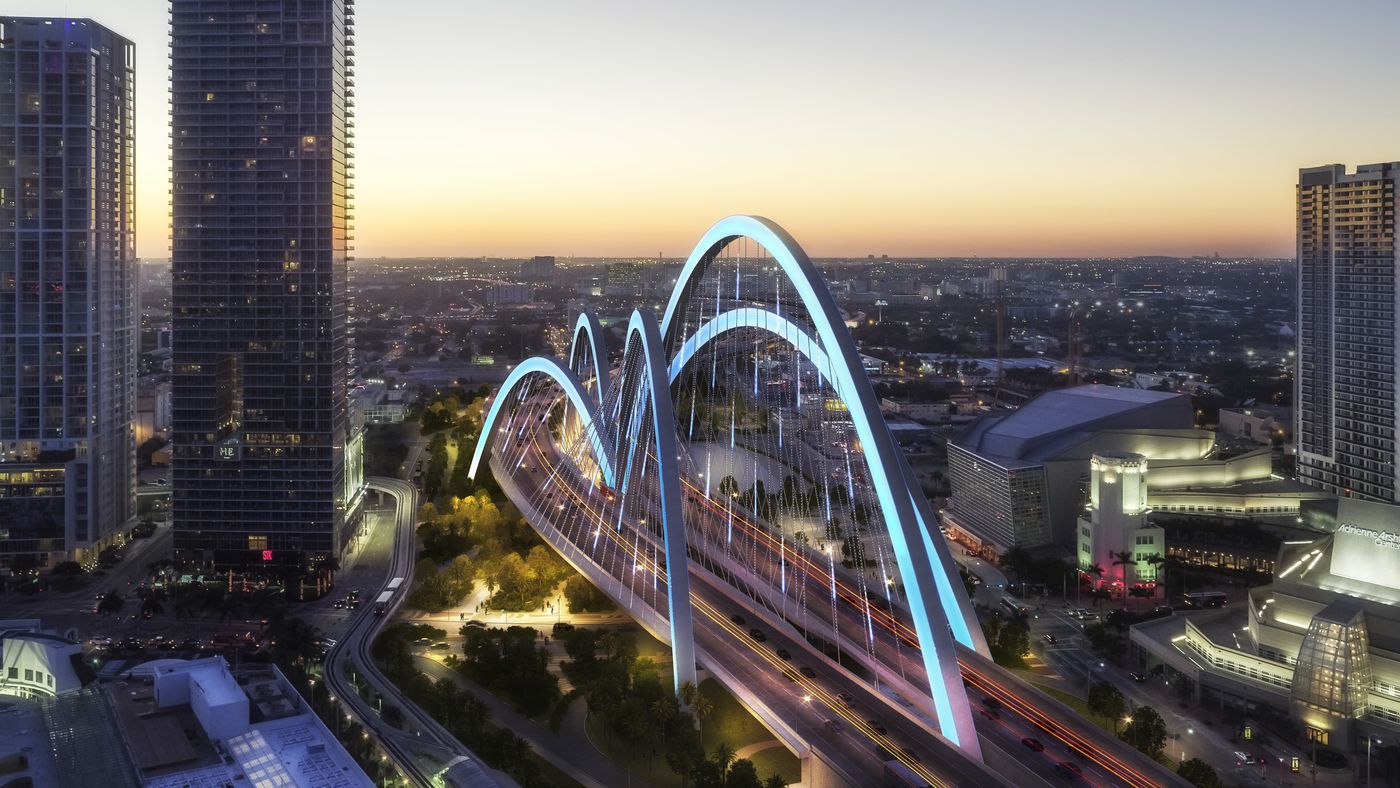Miami’s politicians swelled with pride at announcing they were rapidly spending $840 million to build a thing literally no one in their city even remotely wanted.
When their constituents forthrightly declared that they didn’t want the thing and would really rather have that money spent on expanding the city’s paltry transit or public housing, the politicians balked that the funds had been already allocated to the thing no one wanted, and it would therefore be impossible to shift it to any other purpose.
Upon inquiring why that was impossible, Miamians were told that various convoluted forms had been submitted, notarized, and signed in triplicate, and the additional paperwork to undo any of the above would be simply too onerous to complete.
Miami’s residents took this response at face value, if not in stride, and asked that their money simply be returned. Their elected officials puffed their chests at the brilliance of acquiring state funds to build the thing no one wanted, so the money wasn’t even local. Miamians furrowed their brows and looked askance at one another before pointing out that they very much were Florida residents who contributed the highest proportion of taxes to state coffers, so they’d appreciate their money back, please and thank you.
The politicians shot shifty glances at each other upon being caught in their own rhetorical trap, and so decided to change tactics. They asserted the thing no one wanted would be iconic, a centerpiece of Miami’s skyline, instantly recognizable around the world. Its silhouette would feature prominently in blocky minimalist renditions of Brickell and Downtown, destined to be plastered across posters, post cards, and social media ads.
Miamians retorted that their skyline was already plenty iconic, and they didn’t think the postcards were worth $840 million, so they’d really like their money returned now.
But the politicians refused to abandon this line of argument just yet. So, they extolled the thing no one wanted as an architectural wonder, a thing of monumental grace and beauty. When residents rebuffed this assertion by pointing out that it looked just like an enormous arachnid, the politicians rejoined that the supposed spider legs were actually designed to look like rolling waves. Miamians then asked from which perspective exactly were those waves visible. The elected officials sheepishly admitted that the thing no one wanted’s visual aesthetics were best appreciated from one of the surrounding luxury skyscrapers’ penthouse suites.
But! But! Even if only very few ultra-rich Miamians could experience the thing no one wanted’s true grandeur, all would benefit from the $840 million invested into the city.
Losing any remaining semblance of patience, Miamians exclaimed that, if that were the case, then they would gladly just take the $840 million as direct payments to help them with the city’s crushing affordability crisis.
The politicians knowingly answered that such talk was socialism, and that road led directly to autocracy and the eternal damnation of their heavenly souls. They were ensuring Miamians’ own money would be returned to them manifold the capitalist way, which is to say it would be handed to their cousin’s construction company, who would stash the vast majority of it in overseas bank accounts before using the remainder to purchase one of those aforementioned penthouse suites to be able to truly appreciate the thing no one wanted from 700 feet above the peons stuck in traffic between its fucking spider legs.
If you like our stories, check out The Miami Creation Myth hardcover.




